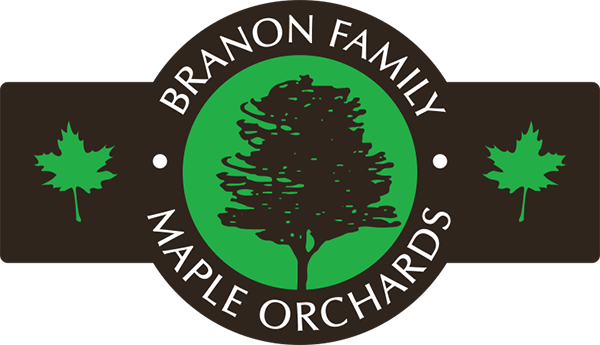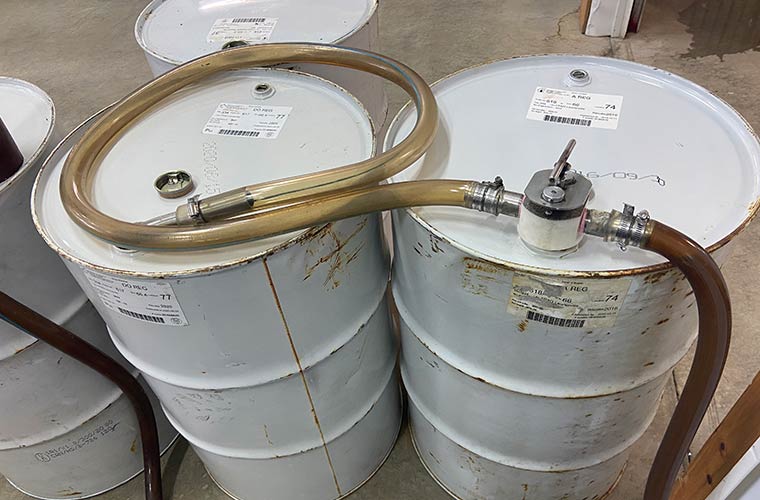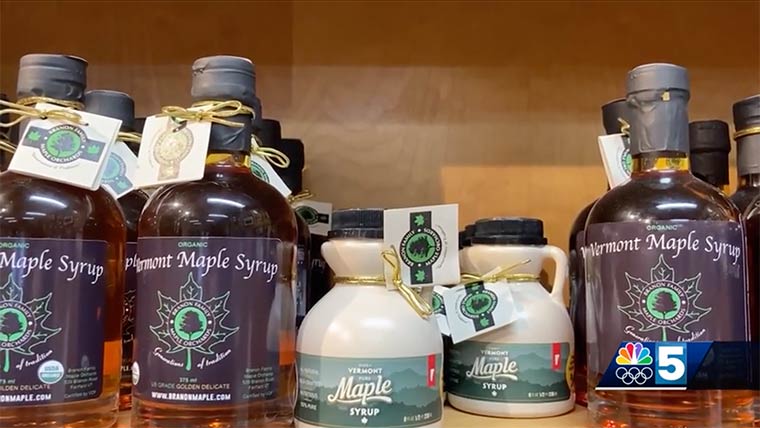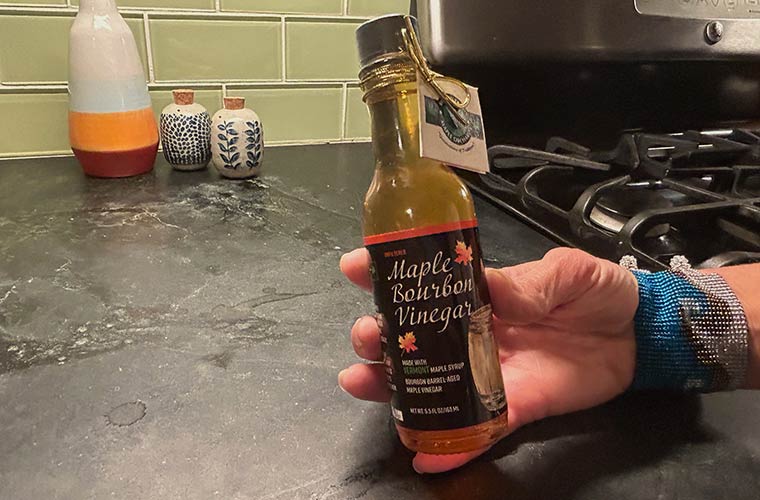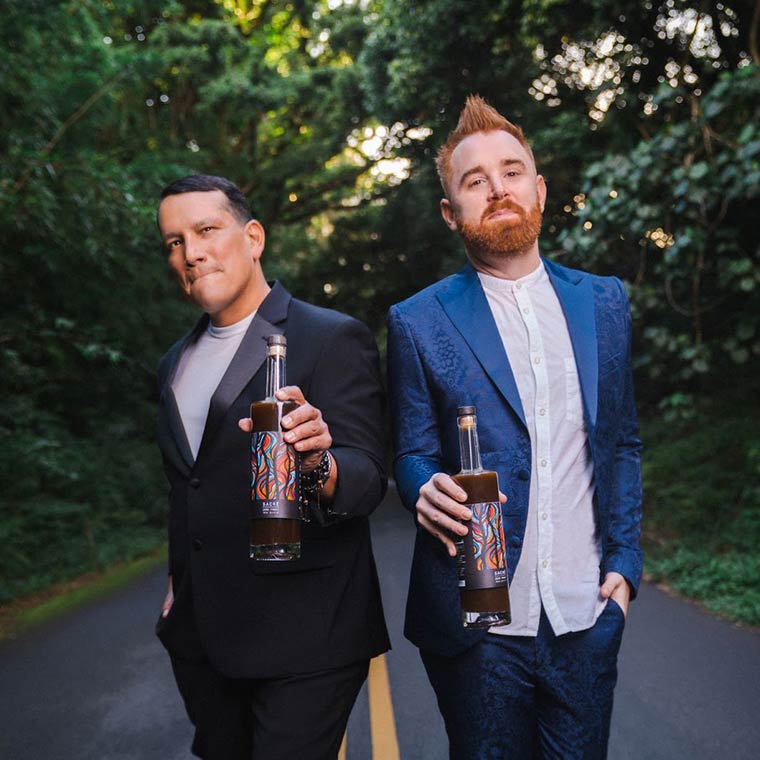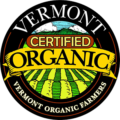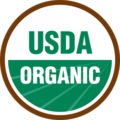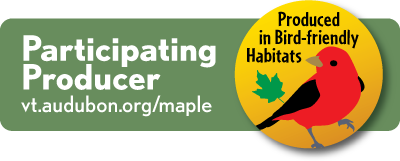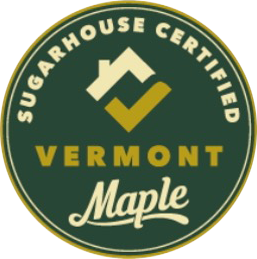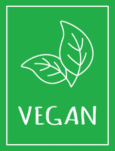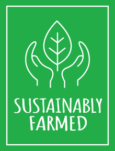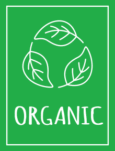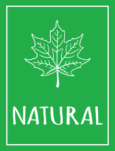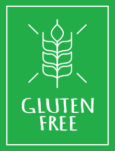A Sweet Partnership As the calendar turned to 2025 and we finished our end-of-year paperwork,…
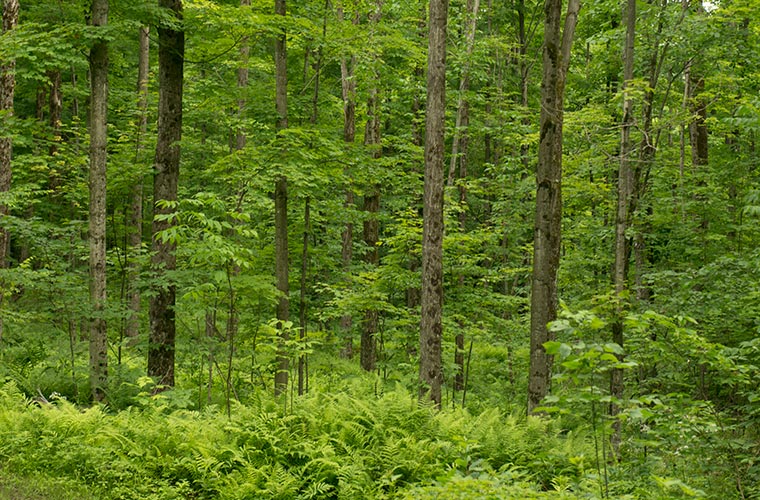
Branon Family Maple Orchards: Conserving Working Forests Through Ongoing Partnership
The ownership, economics, and composition of Vermont’s forestlands have changed over the past fifty years. Through these changes, the Vermont Land Trust has partnered with landowners. One method of partnership has been land acquisition: in 1997, The Vermont Land Trust (VLT) and the Nature Conservancy of Vermont (TNC), with the support of the Freeman Foundation, partnered to purchase 26,789 acres of actively managed forestland from the Atlas Plywood Company.
VLT and TNC formed the Atlas Timberlands Partnership (“The Partnership”) in order to illustrate how land conservation organizations can work together to achieve shared goals. Through the process, they have each influenced how the other works. In their approach, the Partnership sought to balance the three points of their mission – ecology, economy, and community – with the goal of managing timberland as a natural resource. In practice this has meant ongoing, high quality forest management across the land with an emphasis on restoration of species and age-class diversity in the forest, the preservation of habitat, long-term relationships with local loggers, and maintaining public access. The partnership has coincided with an economic shift in the North Woods as local timber markets have declined. In the 20 years since the original purchase, maple sugaring has joined timber as one of the key economic products of forestland.
Recently, the Partnership has begun the process of conserving and selling parcels from the Atlas Timberlands ownership. They will use the proceeds to protect more forestland in Vermont. In 2016, VLT and TNC sold a 2,080 acre parcel in Bakersfield from the Atlas Timberlands Partnership to Tom and Cecile Branon. The story of this purchase and the goals of the new owners illustrate an ongoing transition in how Vermont uses and relates to its forests, and the role of conservation organizations like VLT in that evolution.
The Branons have been shaped by their personal connection to the Vermont landscape. Tom, Cecile, and their children are part of a fifth-generation dairy family from Franklin County, and had previously protected their 653-acre Fairfield dairy with VLT. Having invested in the family’s dairy farm and maple-sugaring operation more than thirty years ago, they sold off their cattle in 2004 to focus on maple production.
The Branons operate Branon Family Maple Orchards, which sells everything from jugs of syrup to value-added specialties like maple-barbecue sauce. The Branons’ job site is their backyard: their land now extends over 3,200 acres in the Cold Hollow Mountains and is part of a key wildlife corridor. VLT and TNC’s values aligned well with those of the Branons, a family with a strong commitment to making their living from the land with careful attention to stewardship. Expanding onto this affordable parcel of high-quality forestland enabled the Branons to grow their sugaring operation while also stewarding the forest resource.
VLT, TNC, and the Branons negotiated a conservation easement on the 2,000-acre parcel as part of the family’s purchase. The easement limits development of the property and in other ways requires the owner to manage the land in a manner that will maintain and enhance its ecological values. VLT is the holder of the conservation easement, and will steward it in perpetuity. That means VLT conservation values will endure over time.
The easement included special stipulations which protect the species diversity, climate resilience, and wildlife values of this property. The Partnership negotiated the easement in consultation with the Branons’ current uses of this land, and with flexibility to shift uses through time. Their agreement reflects up-to-date best practices in forest management, ecological stewardship, and public access. The Partnership was able to look past the existing uses of the parcel and see how it might be economically viable into the future.
The Branons closed on the parcel in Bakersfield on June 9, 2016. They were eager to get to work in the forest: “I can tell you, we were up on the property pouring concrete for the bridges that afternoon,” said Tom Branon. The Branons are aiming for twenty to thirty thousand new taps by the beginning of the winter in 2017.
The forest will keep the Branons busy. Each sugaring season is technically over around the end of April, after the Branons pull out the taps from their trees. But the work of running a maple sugaring operation, Tom explains, isn’t finished then. They must clean all the equipment and repair anything in the current infrastructure in preparation for the next season. Then, before any new taps can go in, the Branons and their employees work on putting in new roads, scouting for new trees and maple stands, and upgrading their infrastructure so that the operation can continue to thrive.
In conserving the Branon parcel, both the Partnership and the family recognized they needed to take great care: while a conservation easement is perpetual, and will forever be attached to the land, it must also be able to support different land uses through time. VLT and TNC negotiated the conservation easement with stipulations to protect natural resource values while also considering the pressure landowners face in a changing economy. With the Branon easement, the Partnership identified the land resource values that need to be protected forever. Mindful of these protections, they designed an easement that will be adaptable to different economic models and uses. The Partnership has helped the Branon family make their living from the land in ecologically sustainable ways. For the Branons, working with the Partnership became a matter of working through details rather than a fight over principles or a compromising of ideals.
The Branons’ outlook on ecological sustainability in their sugarbush could be seen as a model for other landowners. Tom and Cecile saw the rigorous ecological protection standards of the easement as parallel to their goal of keeping the forestland in the family for generations to come. If you aren’t looking at the biological health of your land, Tom argues, you have failed to look out for your children and grandchildren. For the Branons, sustainability is about possibilities, not limitation. Thinking about sustainability means thinking about how their land can be profitable for a long time. Tom believes ecological sustainability is a family principle as much as it is a core concept of conservation ecology.
When we asked Cecile and Tom what they missed most about life as dairy farmers, they talked about the moral and financial stability that came from the routine of animal husbandry. Without the twice-daily routine of milking, the Branons had to develop a work ethic that did not come from the necessities of dairy farming. The cash flow that used to come from supplying milk to St. Albans Co-operative Creamery became less consistent. All the same, Tom acknowledged that the transition was a smart move, since they made the choice to move from dairy to maple around the time milk prices began to decline and maple-sugar values steadily increased. As the years have gone on and the Branons have forged a deeper connection with their sugarbush, the loss of the cows has given way to the positive associations the family has with their forest. Cecile often mentions that the woods are Tom’s favorite place to be. When asked whether that’s true, Tom cracked a big smile. “That’s right,” he said. There’s nothing he’d rather be doing than making syrup.
Originally published on High Meadows Fund.
